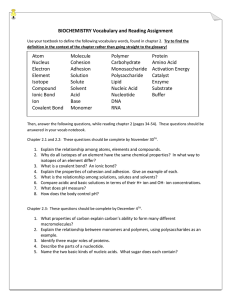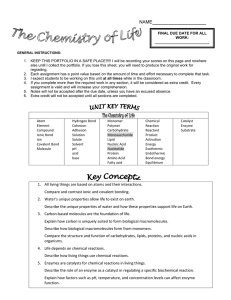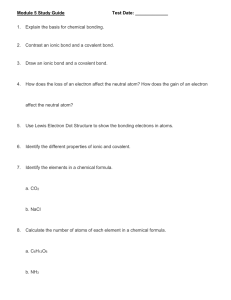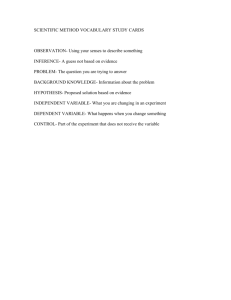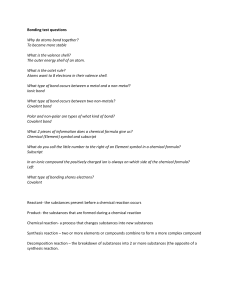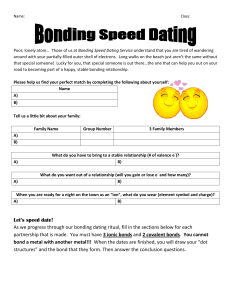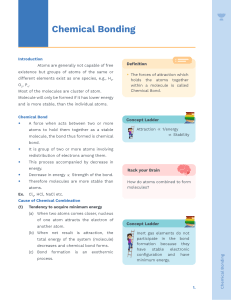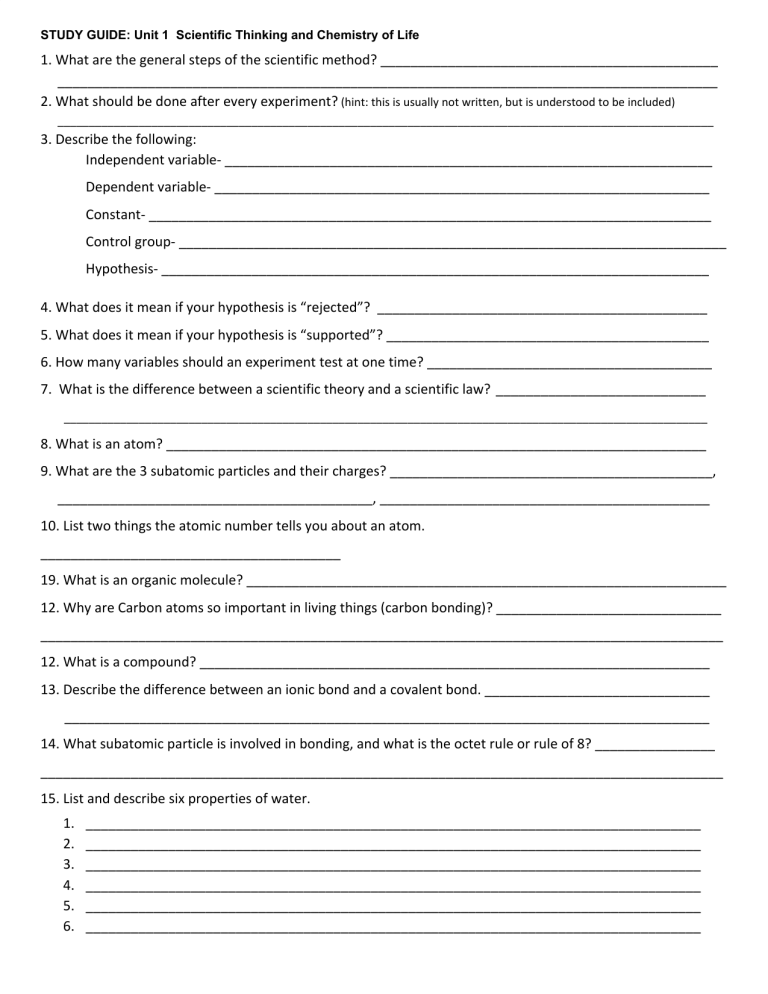
STUDY GUIDE: Unit 1 Scientific Thinking and Chemistry of Life 1. What are the general steps of the scientific method? _____________________________________________ ________________________________________________________________________________________ 2. What should be done after every experiment? (hint: this is usually not written, but is understood to be included) _________________________________________________________________________________________________________ 3. Describe the following: Independent variable- _________________________________________________________________ Dependent variable- __________________________________________________________________ Constant- ___________________________________________________________________________ Control group- _________________________________________________________________________ Hypothesis- _________________________________________________________________________ 4. What does it mean if your hypothesis is “rejected”? ____________________________________________ 5. What does it mean if your hypothesis is “supported”? ___________________________________________ 6. How many variables should an experiment test at one time? ______________________________________ 7. What is the difference between a scientific theory and a scientific law? ____________________________ _______________________________________________________________________________________________________ 8. What is an atom? ________________________________________________________________________ 9. What are the 3 subatomic particles and their charges? ___________________________________________, __________________________________________, ____________________________________________ 10. List two things the atomic number tells you about an atom. ________________________________________ 19. What is an organic molecule? ________________________________________________________________ 12. Why are Carbon atoms so important in living things (carbon bonding)? ______________________________ ___________________________________________________________________________________________ 12. What is a compound? ____________________________________________________________________ 13. Describe the difference between an ionic bond and a covalent bond. ______________________________ ______________________________________________________________________________________ 14. What subatomic particle is involved in bonding, and what is the octet rule or rule of 8? ________________ ___________________________________________________________________________________________ 15. List and describe six properties of water. 1. 2. 3. 4. 5. 6. __________________________________________________________________________________ __________________________________________________________________________________ __________________________________________________________________________________ __________________________________________________________________________________ __________________________________________________________________________________ __________________________________________________________________________________ 17. What is a hydrogen bond? _______________________________________________________________ 18. How are hydrogen bonds different than ionic and covalent bonds? _______________________________ 16. Describe a polar molecule, and draw water with it’s charges ________________________________________________________ ________________________________________________________ 21. Use the word bank below to complete the chart, each term is used once: Amino acid Cell membrane Builds muscles/structures Cellulose C, H, O Energy C, H, O, N Energy C, H, O, N, P Enzyme Carbohydrate Genetic information Cell membrane Lipid Macromolecule Monomer Function Makes/synthesizes proteins Monosaccharide (Sugar) Nucleic acid Nucleotide Regulate reactions Example Elements C, H, O Fatty acid Protein 1. 2. 1. DNA 2. RNA 22. What does pH measure? ___________________________________________________________________ 23. Draw and label a pH scale. Label the number 0-14, label neutral, and label the range for acids and bases. 24. Define the 2 parts of a solution. ______________________________________________________________ ________________________________________________________________________________________ 25. What is a chemical reaction? ________________________________________________________________ 26. What are the 2 parts of a reaction? __________________(before arrow), __________________(after arrow) 27. What is activation energy? __________________________________________________________________ 28. How do enzymes change the activation energy of a reaction? ______________________________________ 29. Explain the difference between endothermic and exothermic reactions. _____________________________ ________________________________________________________________________________________ 30. Why is the structure of an enzyme important? __________________________________________________ 31. What are two things that can denature (inactivate) an enzyme? _________________, __________________
